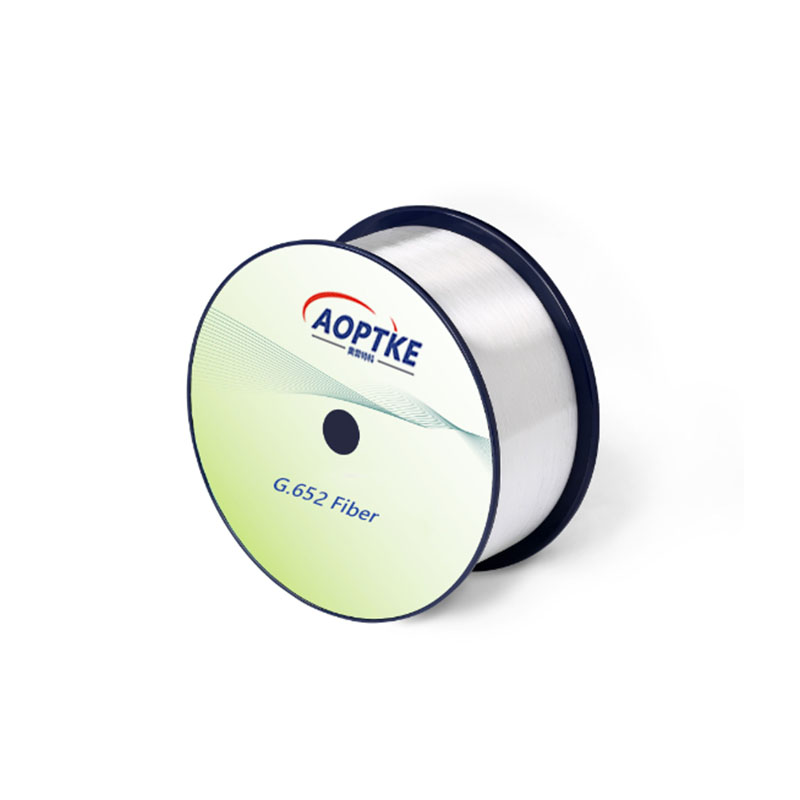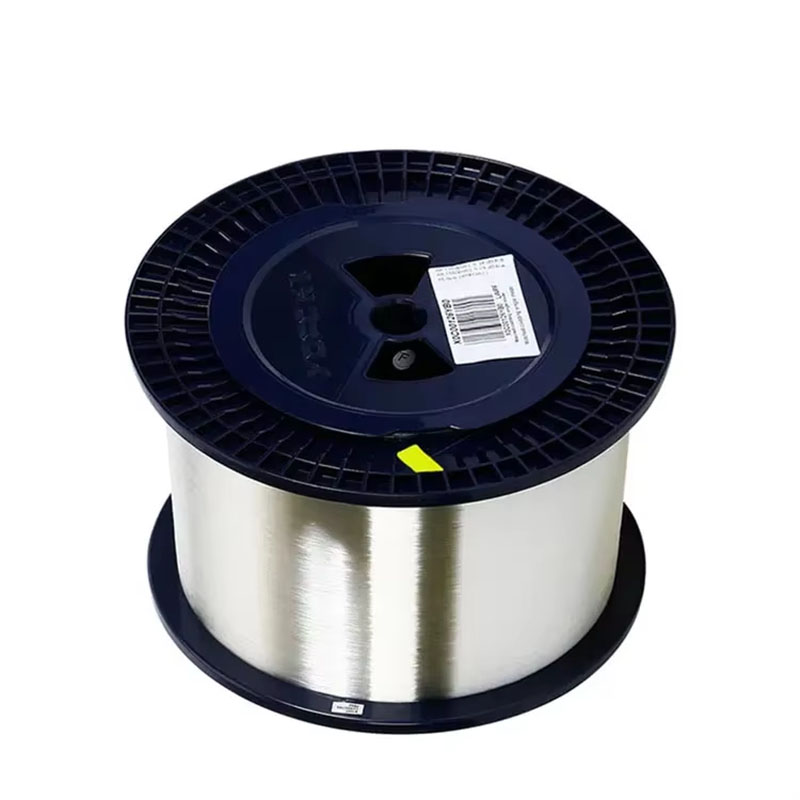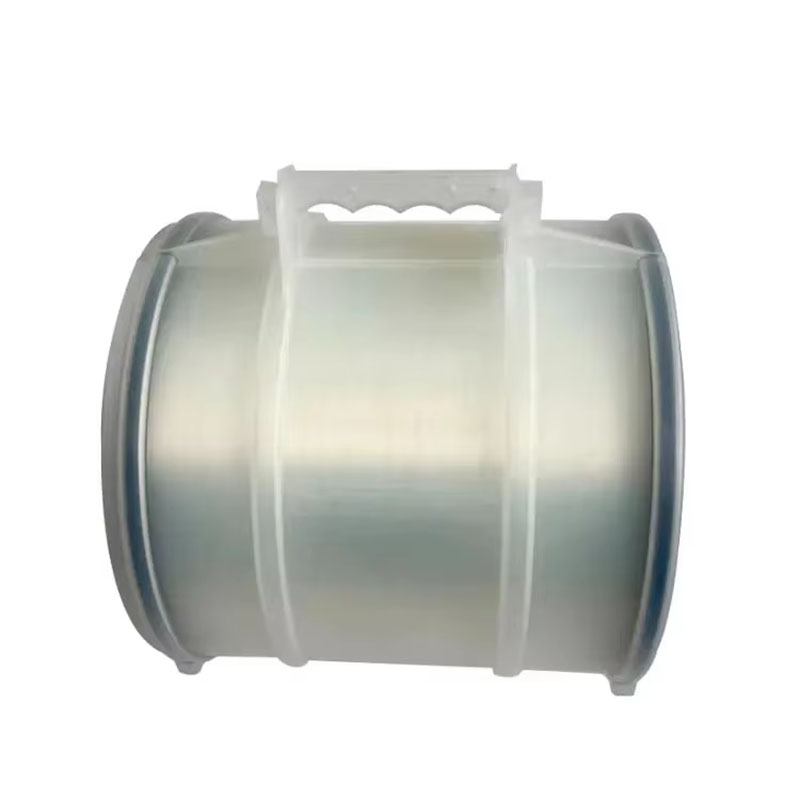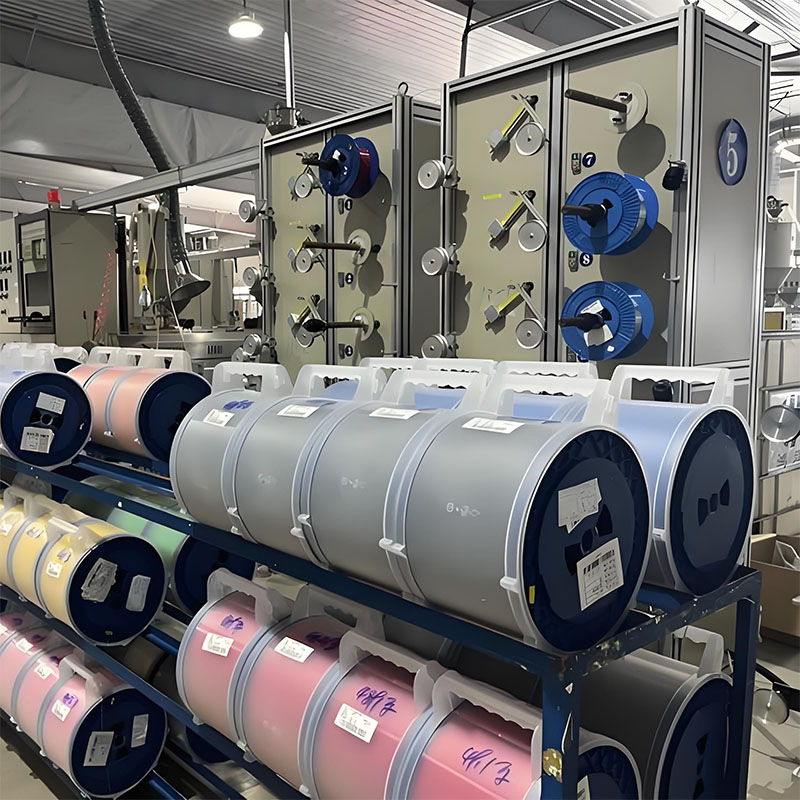Product Detail
Product Tags
G.652/G.652.D | Product Standards
G.652/G.652.D low-loss single-mode optical fiber is suitable for various optical cable structures, including optical fiber ribbon cables, loose-tube stranded cables, skeleton cables, central bundle cables and tight-buffered cables.
Aoptke Cable has established stricter standards for various indicators of optical fiber products.
G.652/G.652.D | Product Features
• Significantly reduces the attenuation level of the entire band from 1260 to 1625nm, meeting the requirements of longer distance transmission.
• Superior optical properties meet the transmission requirements of high-speed DWDM and CWDM systems.
• Compatible with existing 1310nm transmission equipment.
• Good coating protection and excellent stripping performance.
• Precise geometric parameters ensure low splicing loss and high splicing efficiency.
G.652/G.652.D | Structure Parameters
Characteristic
|
Condition
|
Data
|
Unit
|
Optical Characteristics
|
|
|
|
Attenuation
|
1310nm
|
≤0.36
|
dB/km
|
|
1383nm (after hydrogen aging)
|
≤0.35
|
dB/km
|
|
1550nm
|
≤0.22
|
dB/km
|
|
1625nm
|
≤0.24
|
dB/km
|
Dispersion in Wavelength
|
1285~1340nm
|
-3.0 ~ +3.0
|
ps/nm·km
|
|
1550nm
|
≤18
|
ps/nm·km
|
|
1625nm
|
≤22
|
ps/nm·km
|
Zero Dispersion Wavelength
|
|
1302 ~ 1322
|
nm
|
Zero Dispersion Slope
|
|
≤0.091
|
ps/nm²·km
|
PMD Coefficient
|
Single fiber max
|
≤0.2
|
ps/km¹/²
|
|
Fiber link value
|
≤0.08
|
ps/km¹/²
|
Fiber Cutoff Wavelength (λc)
|
|
1180 ~ 1330
|
nm
|
Cable Cutoff Wavelength (λcc)
|
|
≤1260
|
nm
|
Mode Field Diameter (MFD)
|
1310nm
|
9.2±0.4
|
μm
|
|
1550nm
|
10.4±0.8
|
μm
|
Effective Group Refractive Index
|
1310nm
|
1.466
|
—
|
|
1550nm
|
1.467
|
—
|
Backscattering Characteristics
|
1310nm & 1550nm
|
—
|
—
|
Step (bidirectional average)
|
|
≤0.05
|
dB
|
Non-uniformity
|
Full fiber length
|
≤0.05
|
dB
|
Backscattering Attenuation Coefficient Difference
|
Bidirectional measurement
|
≤0.03
|
dB/km
|
Attenuation Consistency
|
|
≤0.01
|
dB/km
|
Geometric Characteristics
|
Cladding Diameter
|
|
125.0±1.0
|
μm
|
Cladding Non-circularity
|
|
≤1.0
|
%
|
Coating Diameter
|
|
242±7
|
μm
|
Coating/Cladding Concentricity Error
|
|
≤12.0
|
μm
|
Coating Non-circularity
|
|
≤6.0
|
%
|
Core/Cladding Concentricity Error
|
|
≤0.6
|
μm
|
Camber (Radius)
|
|
≥4
|
m
|
Delivery Length
|
|
≥2.1 ~ ≤50.4
|
km/reel
|
Environmental Characteristics
|
|
|
|
Temperature-Induced Attenuation
|
-60℃ to +80℃
|
≤0.05
|
dB/km
|
Temperature-Humidity Cycle Attenuation
|
-10℃ to +85℃, 90% RH
|
≤0.05
|
dB/km
|
Accelerated Aging Attenuation
|
85℃, 85% RH, 30 days
|
≤0.05
|
dB/km
|
Water Immersion Attenuation
|
20℃, 30 days
|
≤0.05
|
dB/km
|
Mechanical Characteristics
|
|
|
|
Proof Test Tension
|
Offline
|
≥9.0
|
N
|
|
Strain
|
≥1.0
|
%
|
|
Stress
|
≥100
|
KPSI
|
Macro Bend-Induced Attenuation
|
1550nm, 1 turn φ32mm
|
≤0.50
|
dB
|
|
1550nm, 100 turns φ60mm
|
≤0.05
|
dB
|
Coating Strip Force
|
Typical average
|
1.7
|
N
|
|
Peak
|
1.3 ~ 8.9
|
N
|
Dynamic Fatigue Parameter (nd)
|
Typical value
|
≥27
|
—
|




